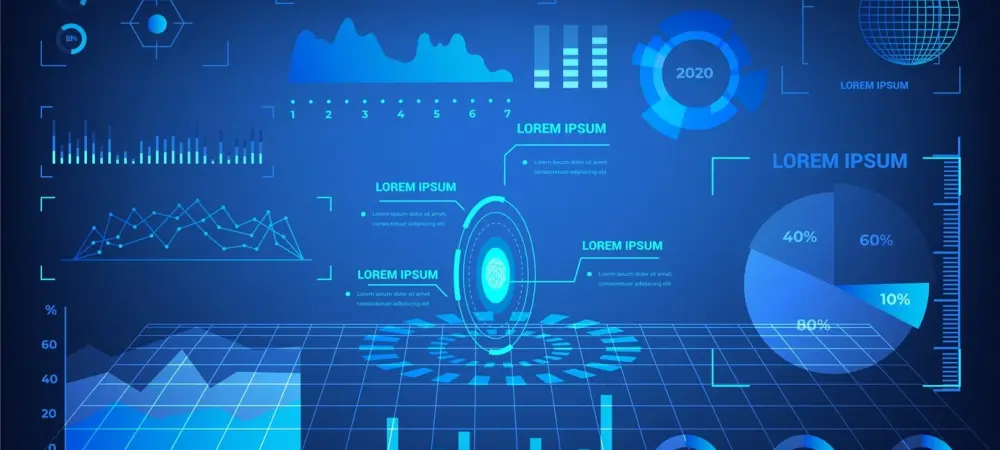In today’s digital age, the influence of social media on data science is increasingly profound, serving as a vital resource for deriving insights that can shape strategic decisions. With over 4.9 billion users, social platforms offer an ocean of unfiltered, real-time data characterized by the immediacy of user interactions, comments, and reactions. This vast trove of information has proven indispensable for data scientists aiming to track trends, decipher user sentiments, and make informed choices. As the role of data-driven decision-making continues to grow, integrating social media into data science practices unlocks insights that drive innovation and progress.
Importance of Leveraging Social Media
Using social media for data insights is not just beneficial; it is becoming increasingly essential due to the unique advantages it offers. Real-time data access allows data scientists to capture and analyze patterns as they emerge, providing a contemporary perspective on events and trends. This dynamic nature assists in understanding shifts in public opinion, market trends, and emerging topics. Additionally, the nuanced sentiments expressed on these platforms offer deep insights into user emotions and opinions, allowing businesses to fine-tune strategies in response to public perception.
Social media’s capability to reveal emergent trends and user sentiments distinguishes it from traditional data sources. The direct interactions and raw content serve as a mirror reflecting the current pulse of society. By harnessing this data, organizations can anticipate changes, proactively plan their responses, and personalize their offerings based on consumer preferences. Understanding this landscape equips data scientists with the insights necessary to remain competitive and relevant in a rapidly evolving market.
Best Practices for Extracting Data Science Insights from Social Media
Implementing Social Listening Techniques
Social listening involves tracking conversations and mentions across social media to grasp consumer needs. This technique empowers data scientists by enabling the identification of patterns and concerns directly from the audience without intermediary filters. Tools like Brandwatch and Talkwalker aid in this process by efficiently parsing vast amounts of data and categorizing it into digestible insights.
As an example, a company in the consumer goods sector used social listening to monitor feedback on a new product launch. By analyzing mentions and sentiments surrounding the product, the company adjusted its marketing strategy, highlighting features most appreciated by consumers. This real-world application of social listening not only enhanced customer satisfaction but also maximized the impact of their marketing efforts.
Utilizing Hashtag Analytics
Hashtags serve as valuable markers for identifying and tracking trends. They encapsulate conversations and themes, making it easier for data scientists to categorize and analyze social media content. By examining hashtag activity, organizations can gauge the popularity and reach of specific topics, enabling timely interventions and strategic shifts.
One notable case involved a brand that tracked hashtag engagement during its marketing campaign. By monitoring the viral spread of hashtags associated with their campaign, they were able to refine their strategy, ensuring that their message resonated widely across their target demographic. This approach not only amplified campaign visibility but also provided actionable insights into consumer engagement.
Conclusion and Recommendations
Social media’s integration into data science practices reveals unprecedented opportunities for deriving actionable insights, altering how organizations strategize and operate. Professionals aiming to leverage social media effectively should focus on social listening and hashtag analytics to navigate the complexities of user sentiments and trending conversations. Understanding these methods equips businesses with the foresight needed to adapt to market changes and consumer needs swiftly. Moreover, those incorporating these practices should consider the dynamic nature of social platforms, ensuring their strategies remain agile and responsive. Embracing social media’s potential enables data scientists and organizations to harness its insights, fostering a culture of informed decision-making and innovation. This strategic use of social media sets the stage for ongoing success and sustained relevance in an increasingly connected world.

